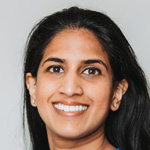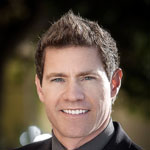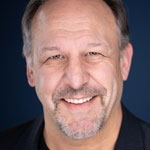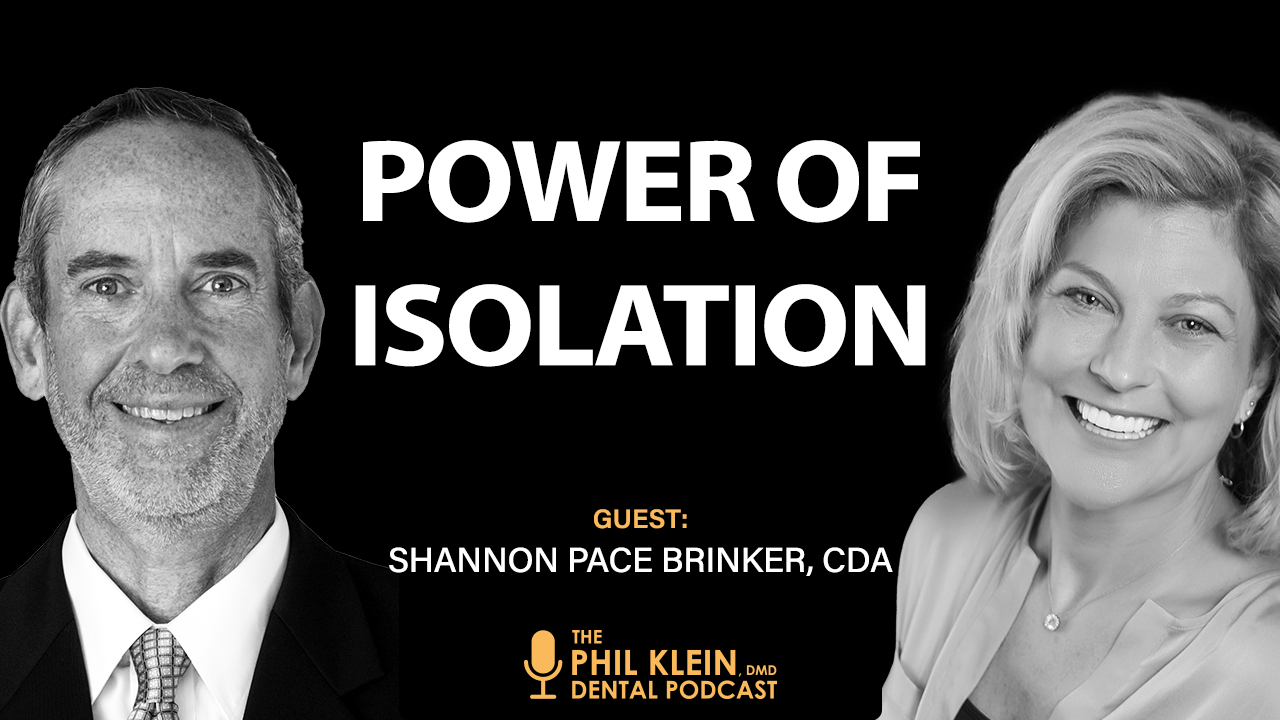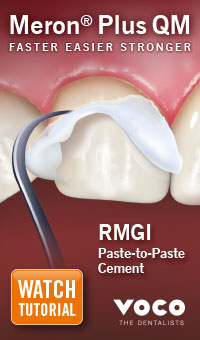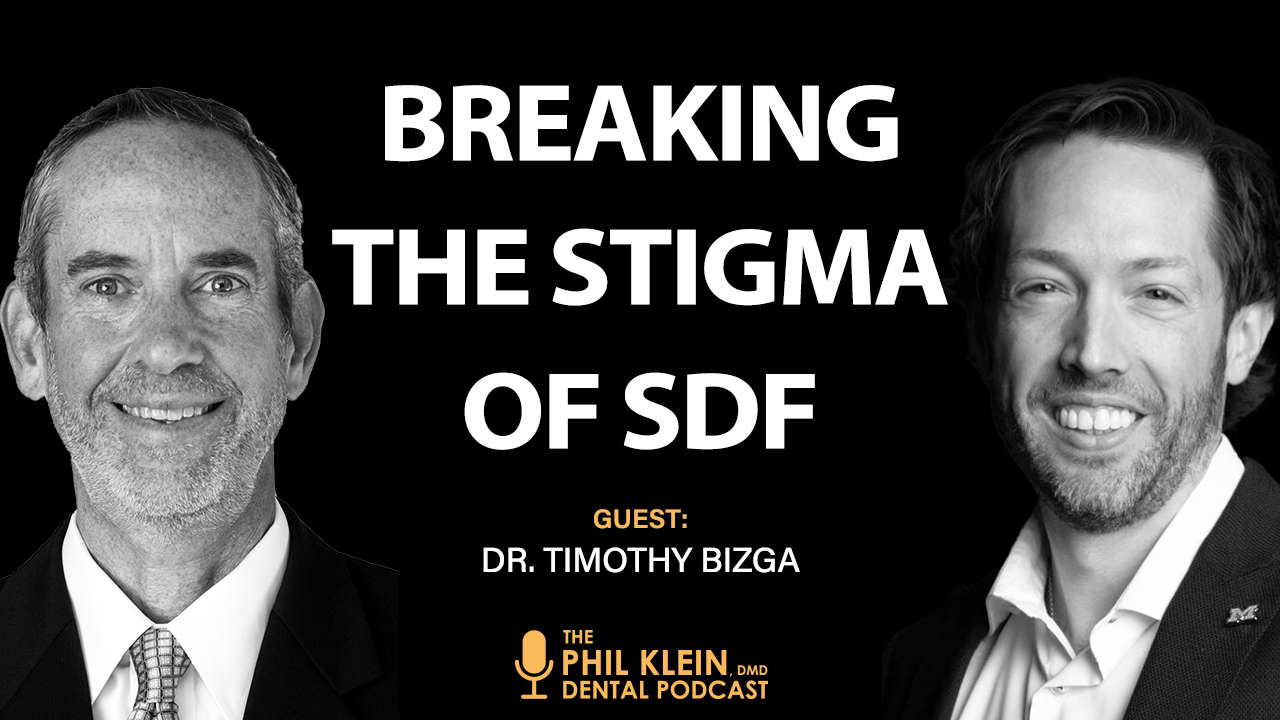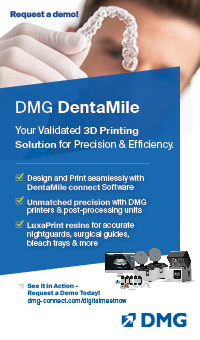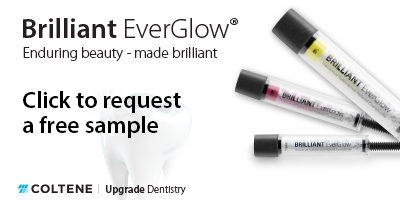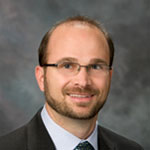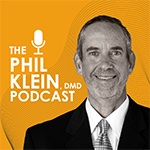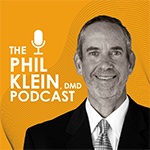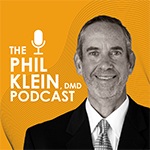
Are You Doing Oral Cancer Screenings?
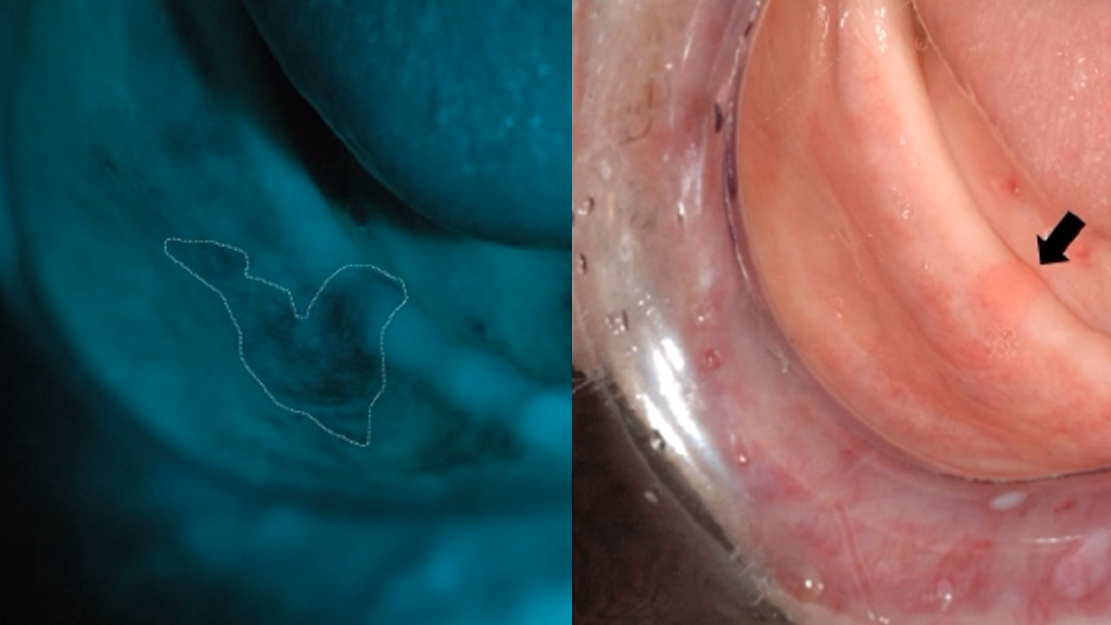
Every hour of every day another person dies of oral cancer. It’s shocking, but true.
Luckily, you are in a position to help ensure that your patients do not become part of this statistic. As a dentist, you are the first line of defense against this potentially deadly disease.
“We are the first people that can see it, discover it and
diagnose it,” points out Dr. Robert Convissar, a pioneer in the field of laser
dentistry who teaches oral cancer diagnosis and biopsy techniques, “because physicians’
examinations start at the tonsils, and don’t go forward of that. Since most
people will go see the dentist once a year or twice a year, we can be the first
people to discover malignancies. It’s a critically important part of a dental
practitioner’s armamentarium.”
Early stage oral cancer can be hard to detect
“The problem with oral cancer,” observes Dr. Convissar, “is that at first, it’s very hard to see. Oral cancer starts at the basement membrane. So when it’s at the very beginning, you’re not going to see anything. You’re not going to see a lump or a bump, you’re not going to see a fibroma or anything like that at the very beginning, because it starts at the basement membrane.”
The way to get around this problem is to use fluorescence
visualization. There are special devices such as Pierrel Pharma's Goccles®,
that are designed to help you use fluorescence to see anomalies in the oral
cavity.
There are three parts to an oral cancer screening
To increase the likelihood that you catch problems as early as possible, when the chances for survival are best, your oral cancer screenings should include all three of the following:
1. Intra and extra oral visual examination to
look for abnormalities, such as changes in color, contour, consistency and
function.
2. Bi-manual palpation using one hand in
the mouth and one hand outside the mouth. “If you feel something rocky,” says
Dr. Convissar, “something pebbly, something hard below the mucosal surface,
well, the implication is there’s something there that shouldn’t be there.”
3. Fluorescence visualization using a
device like Goccles.
A complete oral cancer screening is a billable exam; there
is an ADA examination code for fluorescence visualization. Many dental
insurance companies will pay up to $150 every 24 months for patients who are at
least 40 years old to have this exam.
Diagnosis requires a biopsy
While an oral cancer screening using fluorescence visualization is vital, this is just a screening designed to help you determine if a biopsy is necessary.
If a biopsy is called for, one of the great uses of fluorescence visualization devices is to use them to outline the margins of the legion. This will give you far better results than simply eyeballing it.
As Dr. Convissar explains, there are four possible outcomes for a biopsy:
· It is benign and you got it all – In this case you should have the patient come in for periodic oral cancer screenings to ensure the problem does not reoccur.
· It is benign and you didn’t get it all –
Because it is benign you do not necessarily have to go back in and remove the
rest. However, you should still keep an eye on it when the patient comes in for
check-ups.
· It is malignant and you got it all OR it is
malignant and you did not get it all – Either way, send the patient to an
oral and maxillofacial surgeon or a head and neck surgeon for further
evaluation and follow-up. Even if you did get all of the cancerous cells, the
surgeon may choose to go back in to remove more tissue, in order to get a clear
margin of at least one centimeter all the way around.
Training is critical for doing successful biopsies
Once you are trained, Dr. Convissar contends that a biopsy is a simple two- to three-minute procedure.
Biopsies can be done using laser, blade, electro surge or
punch. While Dr. Convissar personally prefers to use lasers, he says that the
instrument you use is less important than the technique—as long as you are
trained to use that instrument. Plus, the basic biopsy technique is not
dependent on the nature of the tissue. “The basic principles are exactly the
same,” he asserts, “wherever you are doing the biopsy.”
Make oral cancer screenings part of your normal exams
As the first line of defense, you could do a great service
to your patients and their loved ones by ensuring that if they do get oral
cancer, it will get diagnosed early.



